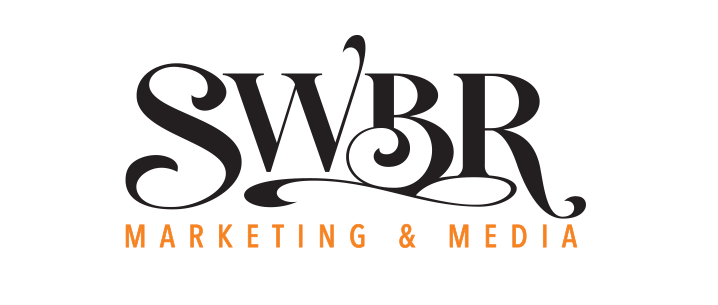It’s been said that the true test of leadership is how well one functions in a crisis situation. Some of the most well-known and often quoted figures in history preached such a lesson, unaware that long after they departed this world, their words of unassuming wisdom would reverberate within the walls of future war rooms blazing under fire.
Former Prime Minister Winston Churchill offered a rousing beacon of invigoring hope to the weary British people facing the wrath of Nazi Germany, professing, “If you’re going through hell, keep going.” Long before Churchill took command and led the Brits to an eventual victory, philosopher Lao Tzu offered an introspective vantage point that rings in an eerily poignant manner, “Anticipate the difficult by managing the easy.”
Insightful words to live by, Lao Tzu – but little did we know that the year 2020 would crash land into our universe, break the rules of conventionality and normality, and, while we’re helplessly dangling upside down, give us one heck of a kick in the face.
When we think about crisis management – how the planning process is formulated, the key players involved, which communication channels to deploy, and, most pressingly, how quickly we need to act – at a passing glance, it all seems like a relative no-brainer. Yet, it’s a lot more complicated than it appears on the surface.
Whether you’re in the public relations field or not, there exists a plethora of articles, blog entries, case studies, how-to guides, and infographics available to utilize as a blueprint for the development of a crisis communications plan.
The question is, what strategies are right for you in a crisis situation? Do you need a few basics to simply get by, or do you require an advanced, yet holistic strategy? No matter the scope of your action plan, below are six proven crisis management tips to help you confidently lead your team through a disaster to keep your business on track:
1. Plan for worst-case scenarios
Identify the facts and all potential scenarios that may occur in order to determine your brand positioning accordingly, accounting for anticipated and unforeseen variables, and how those elements will influence all modes of communication.
2. Build a crisis response team
Assemble an internal, specialized crisis management team composed of upper management representatives from different operational departments and divisions (including legal and HR) to formulate appropriate policies, procedures, checklists, and Q&As for the development of future talking points.
3. Choose a singular voice
Designate a spokesperson with the right, uncompromised skill set to serve for all types of communications, including internal purposes and media relations.
4. Deliver a consistent message
Construct and refine internal and external messaging to be consistent, authentic, and streamlined. All messaging should be adapted to fit breaking and developing news filters for distribution in press releases, media alerts, prepared fill-in-the-blank statements, SMS alerts, social media posts, eBlasts, etc.
5. Practice your delivery
Engage in extensive preparatory media training activities for all parties, especially the key spokesperson.
6. Communicate everywhere
Leveraging and disseminating your message via all internal and external communication channels, including the online/social/digital sphere, as well as the mass media, is key to ensuring the right message is delivered loud and clear.
Even if you’ve planned ahead and are already following these guidelines, it never hurts to review your team’s crisis management steps to ensure you’re doing all you can do. If you haven’t used these public relations tools to help your business prior to the coronavirus outbreak, then it’s never too late to put them into practice.
If you’re looking for a better communication plan during this pandemic, Contact SWBR to see how we can help your business make the right moves.

















